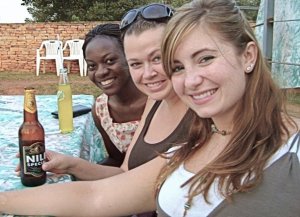April 8, 2013
3 Comments
I pride myself on being a good packer. Or at least in having chosen an excellent convertible carry-on/backpack suitcase once upon a time. Two weeks in Africa, no sweat. Forty days in Europe, easy. This summer it was my moble mueble carrying not only clothing but plastic plates, utensils, and basic groceries as I lived three days per week at a hotel in Katy.
This last trip, however, may have stretched my trusty sidekick to its limit. He’s still going strong, zipper works, wheels roll, handle retracts. But my creative packing and his elasticity we going full throttle as I packed for my trip through Peru and Ecuador. First off, it was a business trip, so I needed to have the ability to look nice, should the situation present itself. I would also be hiking, snorkeling, city-touring, and boating. But the most complicated element: I would be traveling through six climate zones, which I will here below grossly oversimplify.
#1 Coastal Desert
“It never rains in Lima,” said the man driving us from the airport to our hotel in Miraflores. We would hear this exact sentence 3 more times before we left Peru.
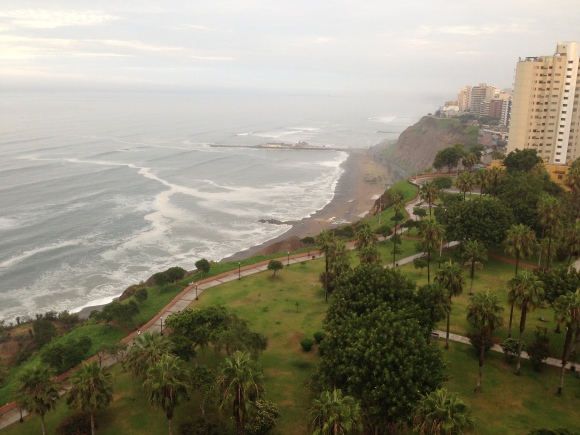
Nonetheless, there were puddles on our terrace in the morning.
Lima’s coastal desert climate is a product of the Humboldt Current, which keeps it temperate (60s in their winter, 70s in their summer) and foggy. In my opinion, humidity makes all weather feel more extreme, so add 10 degrees to the heat index for summer and add “cold sweat” to the winter forecast. It’s a humid place, even if it rarely comes to fruition. Most of their <2 inches of “rain” every year, like our puddles, are actually condensation from the dense fog called the garúa.
The closest thing Lima has to crazy weather are El Niño events, when the Humboldt Current warms up and they have a heat wave. But that wasnt’ happening when we were there, so I have to say, Lima was easy to outfit.
#2 Sierra- Andean Valley
The Sacred Valley and Machu Picchu are often lumped together in terms of climate. In fact good luck finding an online resource to say otherwise. However, thanks to the windows of the Vistadome, we watched as bromelia replaces agave, opportunistically sprouting on trees and rocks, while the agave ran out of personal space. The polite and orderly mountain flora is overtaken by aggressive and lusty Amazonia.
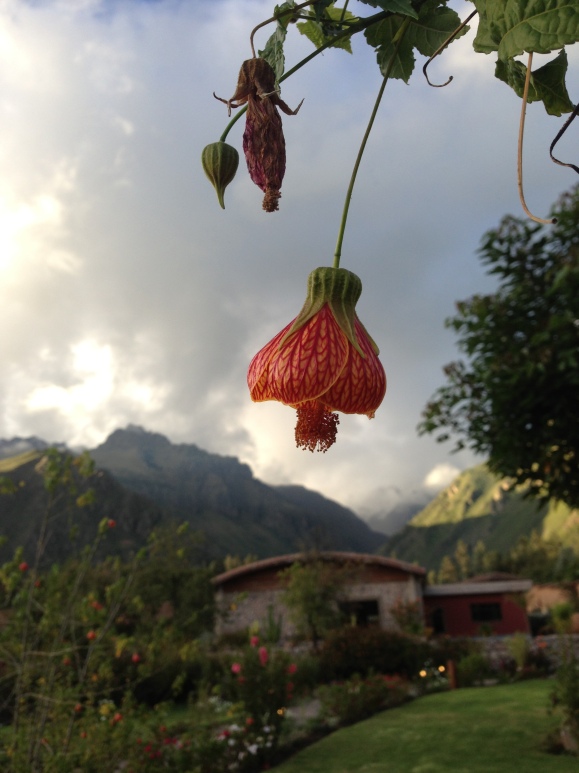

The true Andean Valley is ideal for agriculture. Temperate, predictably dry, then torrentially wet November-February.
Aguas Calientes and Machu Picchu are exploding with life. It’s everywhere, and while rain and dryness are equally predictable, there’s an added something in the air that covers the Citadel with clouds and the rooftops with jungles of lichens.

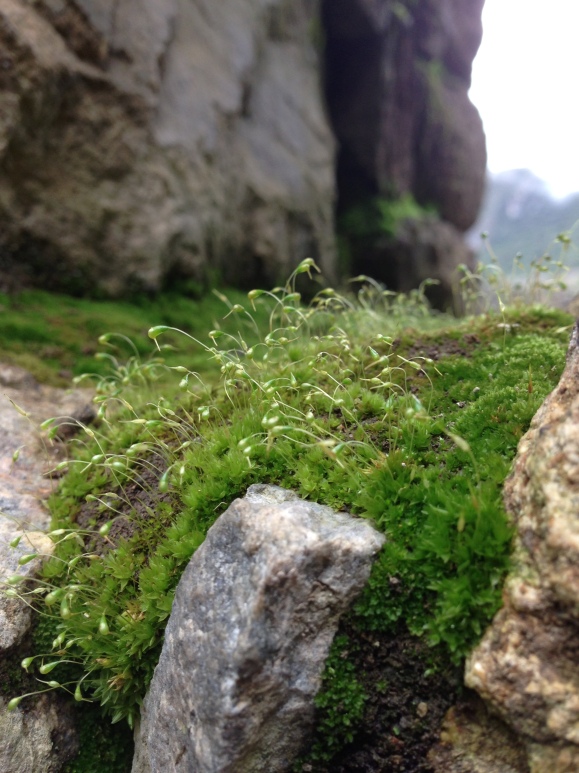
#3 Sierra – Andean Highlands
Again, the highlands are often lumped in with the Sacred Valley and Machu Picchu, but anyone who has had to budget their long-sleeves and short sleeves know that this is simply not true.
Cusco is cold. Technically we were there in the summer time and I’m wearing a jacket in most of the pictures. Also, this has nothing to do with the climate, but the air is also terribly thin, so everything is out of whack when it comes to dealing with the climate. You’re cold, you’re panting, you’re dizzy, you’re thirsty.

I have no idea what grows and lives naturally in Cusco, because we never left the heart of the city, or strayed from it’s concrete arteries.
#3 Selva – Amazon
This might have been our most dramatic transition. From chilly Cusco to Puerto Maldonado where the highs and humidity were in the 90s. We never stopped sweating. Fortunately, our mood was somehow improved by this, and Lewis concluded, “We’re just happier when we’re sweating.”
Never thought I’d hear that said about me.
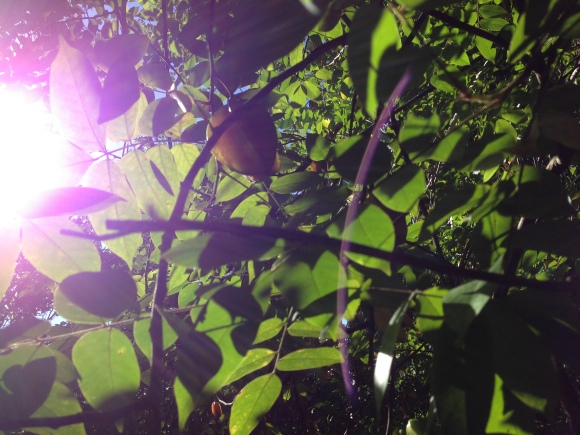

The Amazon is fascinating. The soil is nutrient poor, and so things grow quickly with shallow roots dog piling on top of one another. In some cases, like the banana tree, they are productive for about three years, and then they are gone. So few develop into hardwoods that our naturalist guide made a point to call attention to almost every single one we passed.
In the explosion of life, competition is fierce, and so everything is brighter and bolder than it would be in a world where there were enough of things to go around. Flowers need to attract pollinators, and you don’t waste your energy getting all magnificent if there’s no need to impress anyone. It also means that bacteria, mold, infestation and decay happen more rapidly. Everywhere you look, there is life…and it’s all fighting for the same small space.
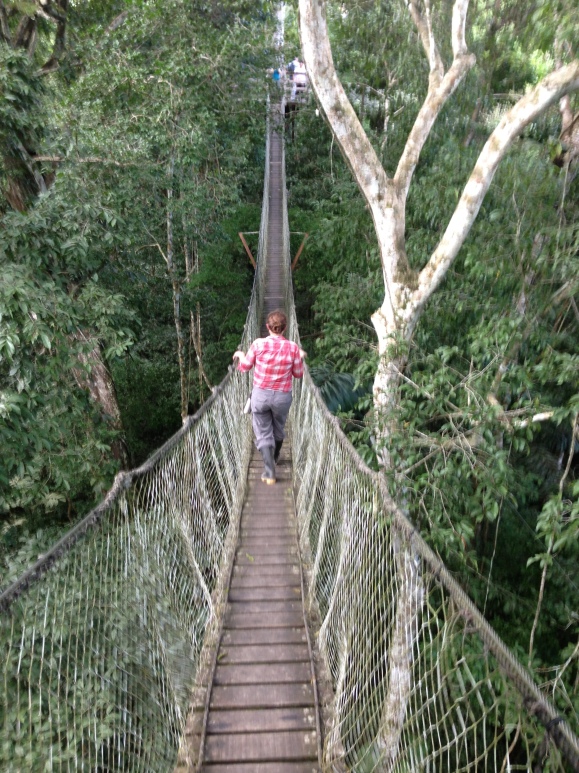
Four (some say five) layers, each it’s own system of relationships and bioeconomics, make up the rainforest. The herbacious floor, with life piled upon life and the detritovores coat the ground and speed decay. Next layer up are the shrubs and short trees of the shady understory, which provide shelter to much of the forest fauna. Next up is the canopy, which can only be explored by binocular or ingenuity, as it is both dense and impossibly high. The emergent layer are those survivors who hover even above the canopy, like the Jetsons.
Those last two layers, the canopy and the emergent layer are made of primary forest. Old growth. These are the treasures of the forest that have survived mold, parasite, and competition for light and nutrients. These are the mighty men of the rainforest. And they can’t be quickly replaced.

#4 Galapagos
I had soaked through most of our warm weather clothes by the time we got to the Galapagos. Fortunately March, while it is the hottest month, is the best time for snorkeling, so I could wear my bathing suit most of the day.
But there were the morning hikes, during which I would wear slightly smelling post-Amazon explorer attire and give it 20 minutes until they were drenched anew under the unforgiving sun of 10am on Española Island.

The Galapagos, like the coast, is dependent on the currents for it’s seasons. Humbolt, June through November, brings dry air and wetsuit weather to the waters, particularly on the western islands. Panama Current brings wet summer, peaking in March, when hiking is best reserved for the hours of 5am-9am. Which is what we did.
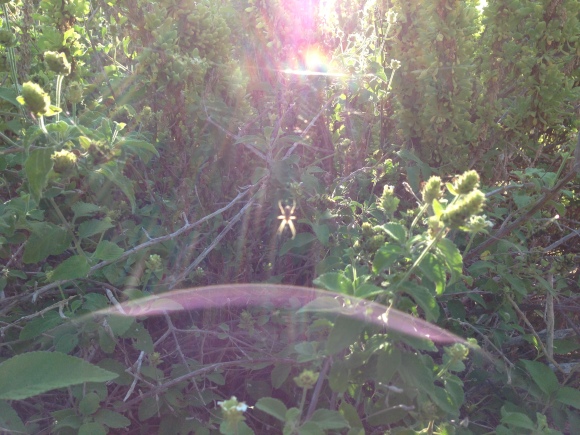

Every few years El Niño comes and starves the islands, which are devoid of fresh water resources. Without rain, the volcanic rocks just bake, along with everything on them.
Being volcanic, the rocks hold almost no nutrients, and host desert plants like sesuvium and prickly pear (which impressed even this Texas girl by growing into trees…). Their iconic tree, the ever-adaptable endemic scalesia grows across the climate zones, including the highlands of Santa Cruz where it shares space with a wider variety of short but dense vegetation.
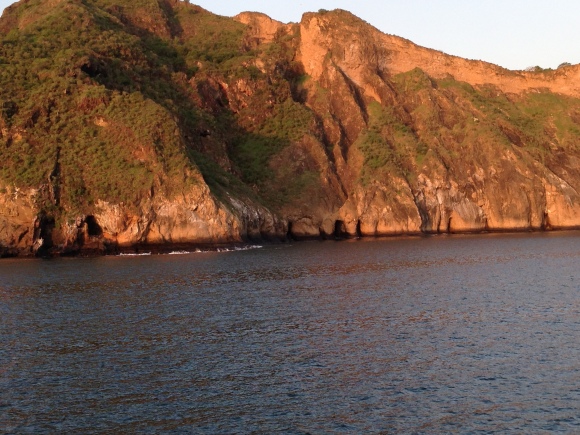
Odd as it may seem, this remote and exotic world felt the most familiar, as far as my skin was concerned. August in San Antonio has a tropical desert element to it.
#5 Páramo
My favorite climate region was the one we visited last. Nestled between the continuous treeline and the snowline along the equatorial Andes lies the páramo. Cold and humid, pretty much year round and simultaneously home to delicate flowers, hummingbirds, and evergreens.
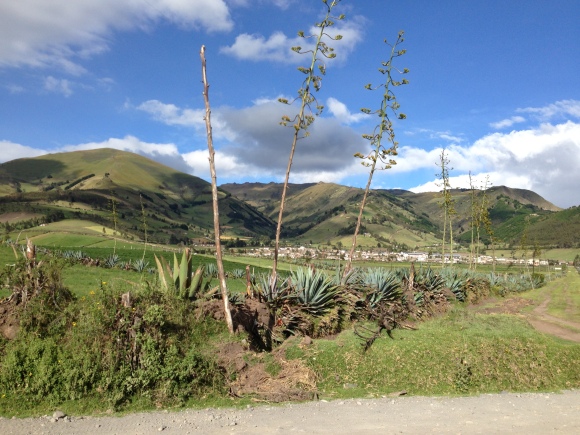
The mid 60’s temperatures were welcome, as we were all out of warm weather clothes that didn’t smell like a gym floor.
We hiked all day, visited the Andean condor rehab center, and sat down to dinner fresh faced and still smelling nicely. The crops were not particularly diverse in the páramo, but the dairy production was devine, and the cows looked happy with their lot in life. They should be, at least, as the scenery in the Zuleta region is nothing short of breathtaking.
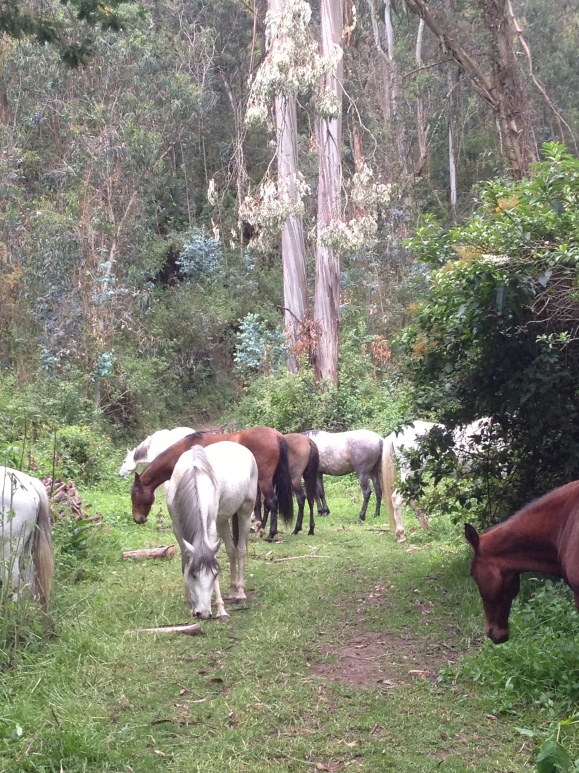
If I had it to do over again, I’d spend two weeks in each location. No question. But as a survey, I left me utterly convinced that South America holds more natural wonders than anywhere else I’ve seen, and I hope that they know it, protect it, and stand by it.





